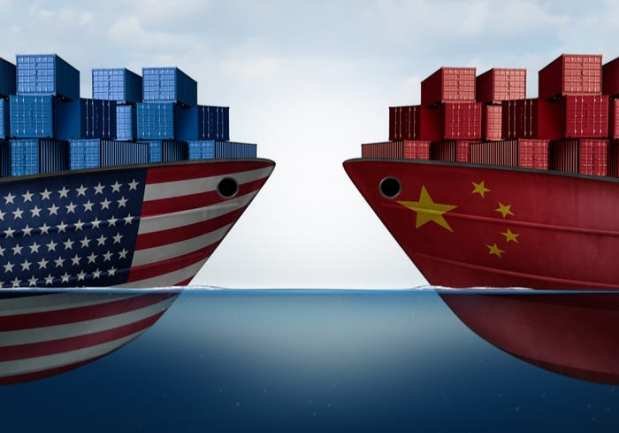Tariffs Loom As Threat To Retailers’ Bottom Lines

Amid headlines trumpeting trade wars, and drags to be felt on gross domestic product, one vertical in the U.S. stands out for vulnerability to tariff hikes.
As The Wall Street Journal reported Monday (May 13), the Trump administration has followed through on its threat to boost tariffs on billions of dollars’ worth of Chinese imports.
Yes, stock markets are swooning — with the broader Standard and Poor’s 500 stock index down, for example, 2.22 percent as this writing. That slide is being paced by Macy’s, off 2.2 percent, and to a lesser extent companies such as Walmart, off 1.7 percent in intraday trading. Ralph Lauren showed outsized declines, by more than 4 percent on the day.
One benchmark of retail trading, the S&P 500 Retailing index, was off by 3 percent.
At least some analysts on the Street see some even rockier performance as many retailers are on tap to deliver earnings results. Thus far, Trump has levied 25 percent tariffs — think of them as akin to taxes — on $40 billion of items that are imported from China and which are directly bought by U.S. consumers, spanning luggage, clothing and furniture, among other items.
The ways to grapple with the tariffs are somewhat limited in number and in scope. Companies can take a margin hit, as they simply pay up for imports. They can pass the increased costs to vendors across their supply chains, or they can of course charge more to consumers. They can shift supply chains to be more dependent on regions other than China, which takes time, or they can stockpile goods as the tariffs go back and forth, which incurs huge costs upfront (and, we add, suggest gaming demand that might not be there).
In the case of the latter, of course, there is a delicate dance as a tipping point looms: How much can prices be boosted before the consumers … stop buying, amid a mixed consumer spending picture?
The tariffs come, too, as some major retailers such as Walmart and Target have already take on heavy investments in digital efforts, so adding tariffs to the picture will pinch margins further. All in, consumer discretionary firms — with the exception of internet only retailers — are projected to see 5.2 percent declines in profit margins year over year in the first quarter, said the Journal.
“When this tariff conversation started last year, retailers were in a stronger position,” Simeon Siegel, a senior retail analyst at Instinet, told the news outlet. “But now things have normalized, inventories are up again and retailers can’t really raise prices.”
